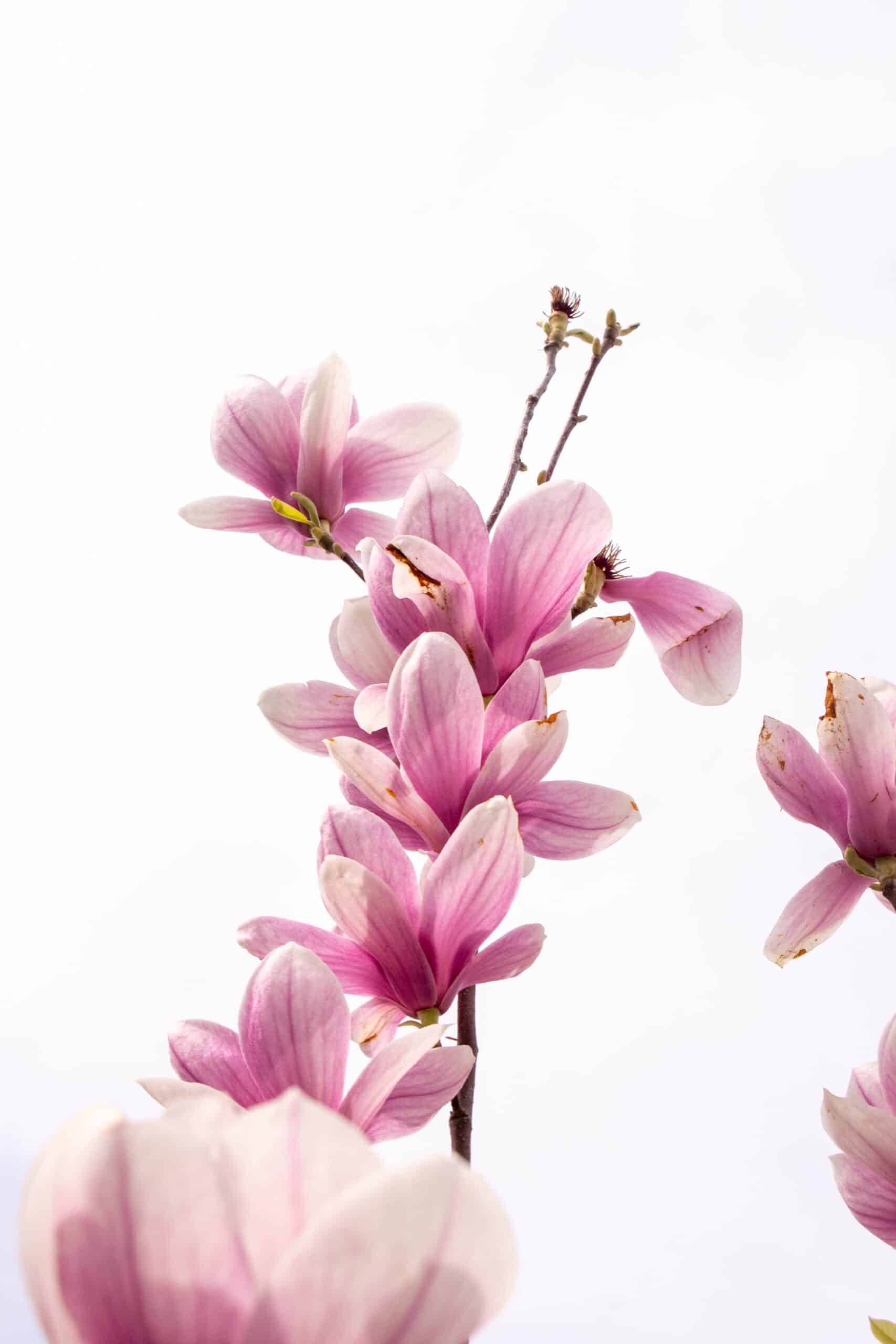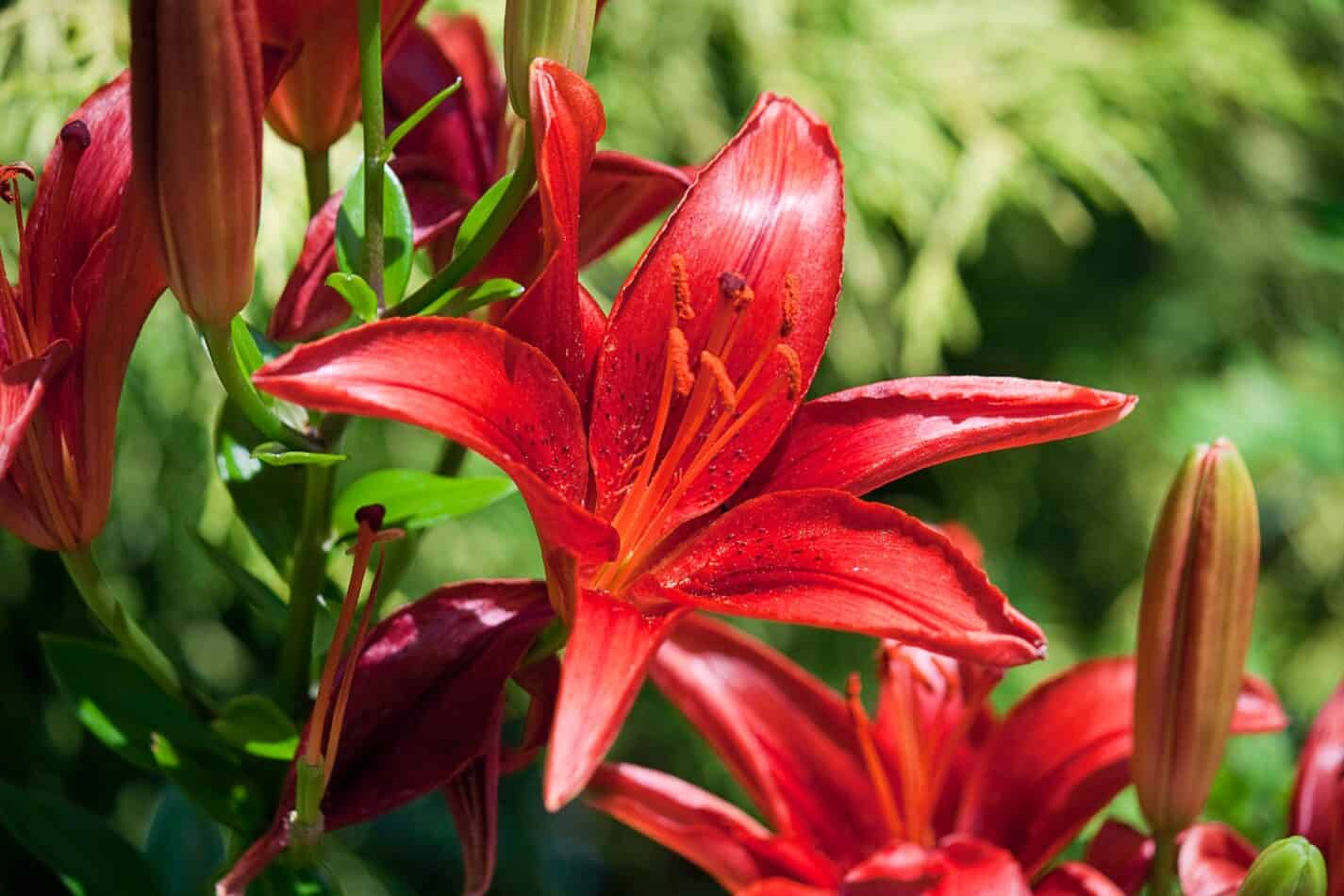Larkspur is a beautiful and easy-to-grow flower that adds a splash of color to any garden. Larkspur belongs to the Buttercup family and has tall spikes of blue, purple, pink, or white flowers that bloom in spring and summer. Larkspur is also known as delphinium or consolida, depending on the species and variety. Larkspur is a great choice for cottage gardens, borders, containers, or cut flower arrangements. However, larkspur is also a toxic plant that can cause skin irritation and poisoning if ingested by humans or animals. Therefore, it is important to handle larkspur with care and keep it away from children and pets.
If you want to grow and enjoy larkspur in your garden, here are some tips on how to plant, care for, and harvest this lovely flower.
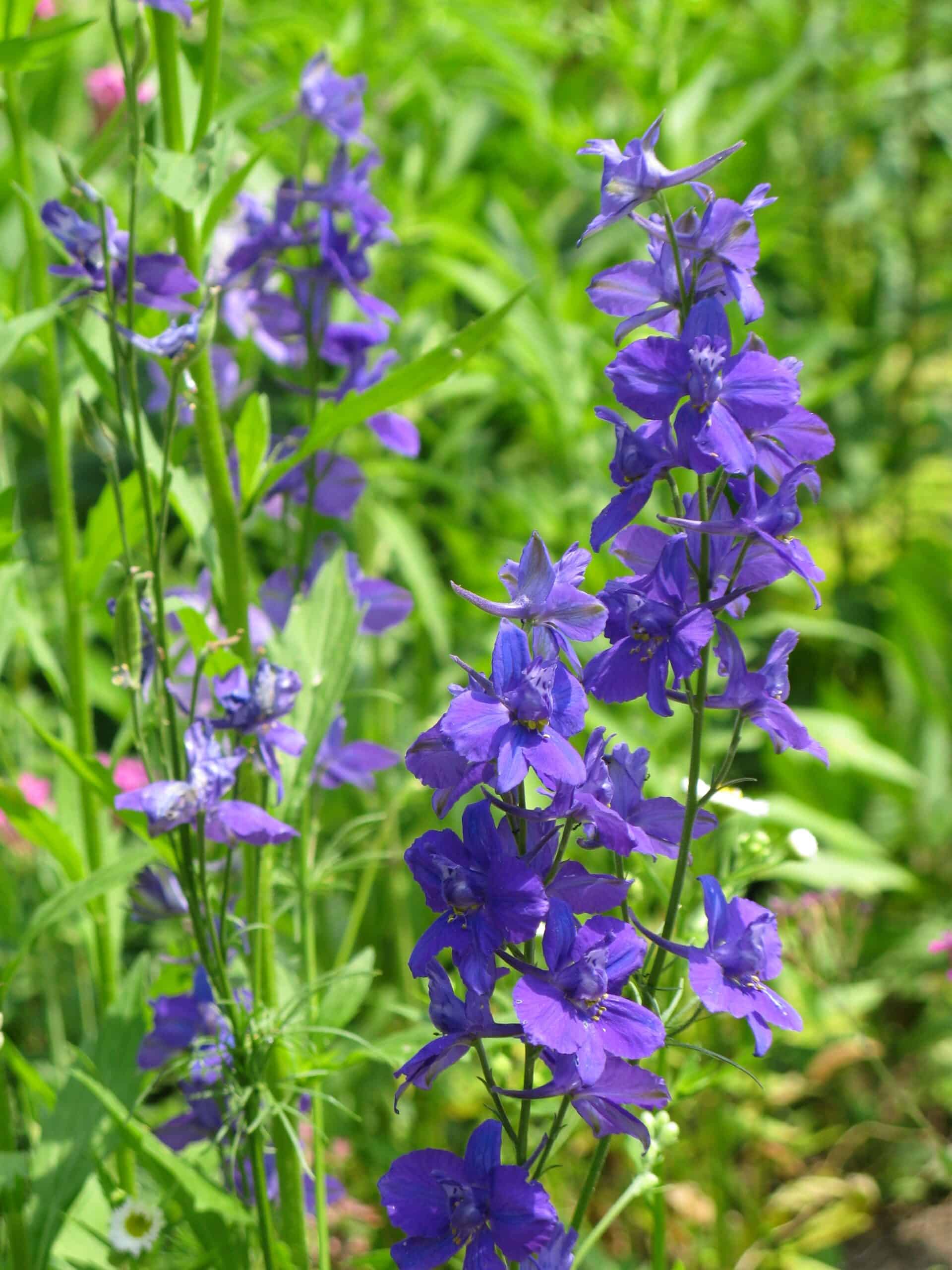
Planting Larkspur
Larkspur seeds can be sown directly in the garden in early spring or fall. Larkspur prefers cool weather and will not germinate well in warm soil. Therefore, it is best to sow the seeds as soon as the soil can be worked in spring or about six weeks before the first frost in fall. You can also start larkspur seeds indoors about eight weeks before the last frost and transplant them outside after hardening off.
To sow larkspur seeds, choose a sunny location with moist but well-drained soil. Larkspur does not like wet or heavy soil, so you may need to add some compost or grit to improve drainage. Scatter the seeds thinly over the prepared soil and cover them lightly with a thin layer of soil or vermiculite. Keep the soil moist until the seeds germinate, which may take two to three weeks.
Larkspur seedlings are delicate and do not like to be disturbed, so thin them out carefully when they are about two inches tall. Leave about 12 inches of space between each plant to allow for good air circulation and growth. You can transplant the thinned seedlings to another spot in the garden or give them away to friends.
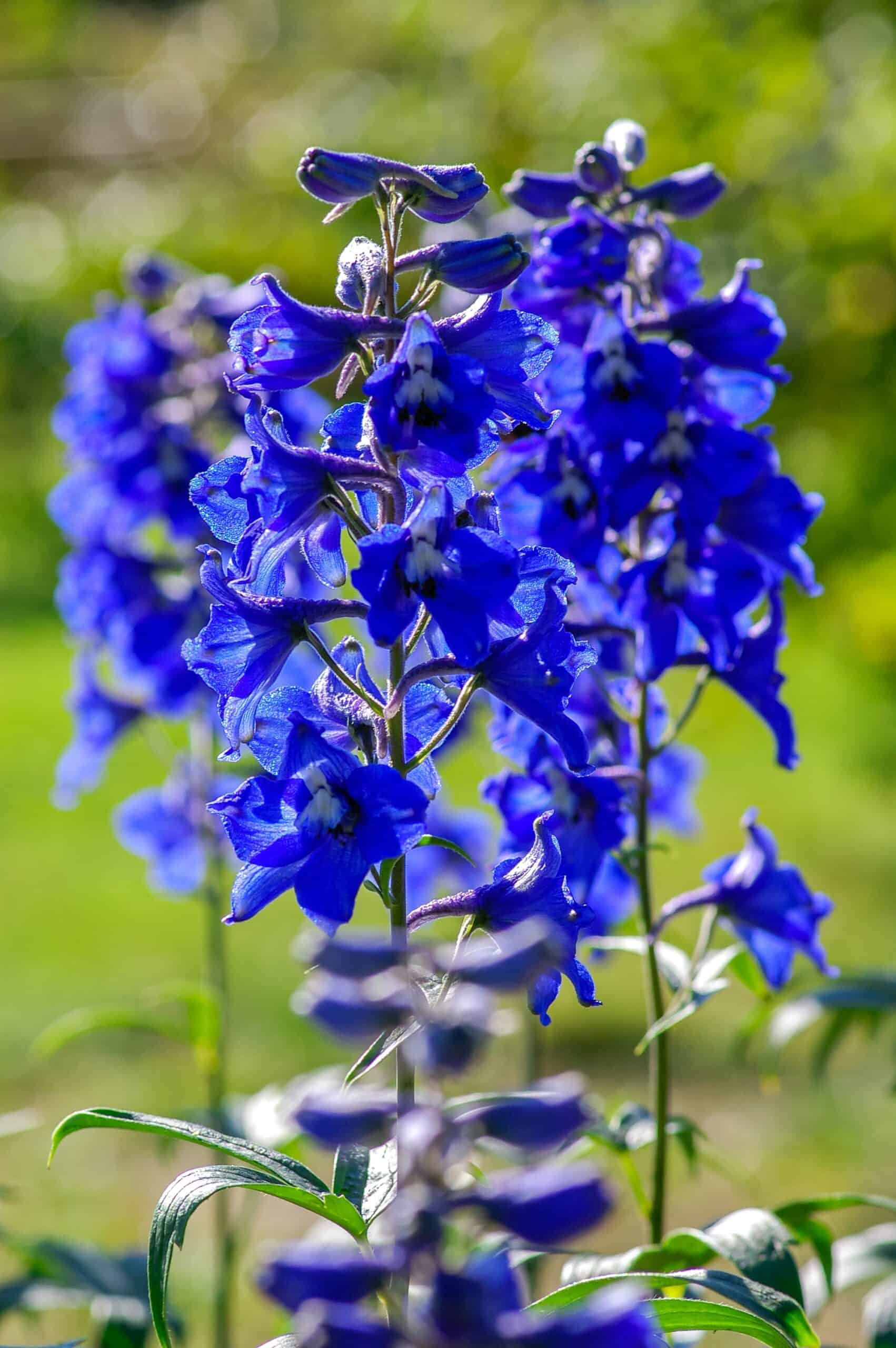
Caring for Larkspur
Larkspur is a low-maintenance plant that does not require much attention once established. However, there are some things you can do to keep your larkspur healthy and happy.
- Watering: Larkspur likes moderate moisture and does not tolerate drought well. Water your larkspur regularly during dry spells, especially if they are grown in containers. However, avoid overwatering or soggy soil, as this can cause root rot or fungal diseases.
- Fertilizing: Larkspur does not need much fertilizer, as this can encourage leafy growth at the expense of flowers. You can apply a balanced organic fertilizer once in spring when the plants start to grow and again after the first flush of blooms.
- Staking: Larkspur has tall and hollow stems that can break easily in strong winds or heavy rain. Therefore, it is advisable to stake your larkspur plants as soon as they reach about one foot tall. You can use bamboo stakes, metal rods, or wooden sticks to support your larkspur stems and tie them loosely with twine or soft cloth.
- Pruning: Larkspur does not need much pruning, except for removing dead or damaged stems and leaves. You can also deadhead your larkspur flowers regularly to encourage more blooms and prevent self-seeding. However, if you want to collect seeds or let some plants reseed themselves, leave some flowers on the plants until they form seed pods.
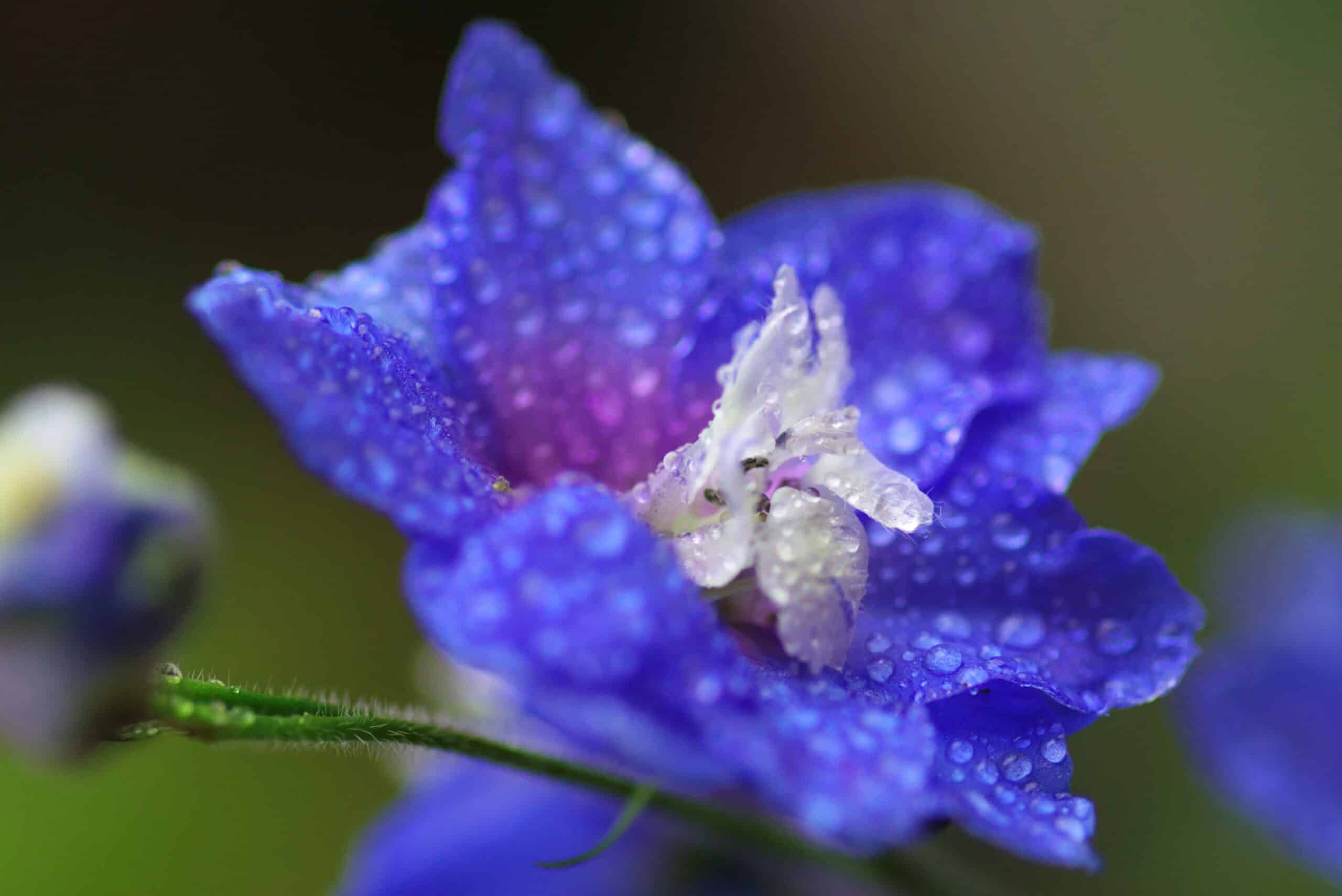
Harvesting Larkspur
Larkspur makes a wonderful cut flower that can last up to two weeks in a vase. To harvest larkspur for bouquets, cut the stems when about half of the flowers on the spike are open. Cut the stems early in the morning or evening when fully hydrated and use sharp scissors or pruners. Place the cut stems in a bucket of water immediately and remove any leaves that will be submerged in water.
Before arranging your larkspur flowers in a vase, you may want to sear the cut ends of the stems with a flame or boiling water for a few seconds. This will help seal the sap and prevent wilting. Fill your vase with fresh water and add some floral preservatives if you have any. Change the water every few days and keep your larkspur bouquet away from direct sunlight, heat sources, or fruit.
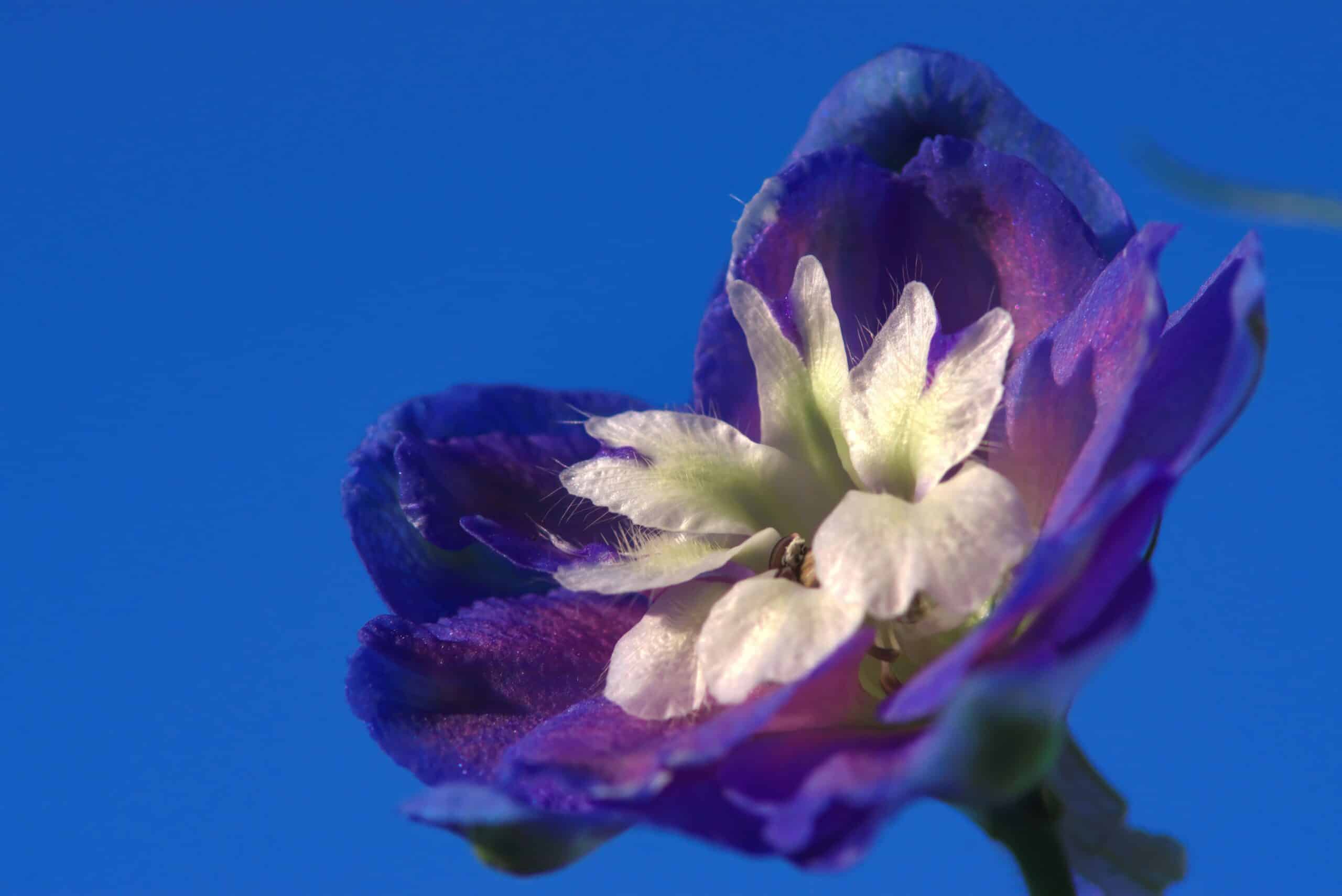
Varieties of Larkspur
Many larkspur varieties are available in different colors, heights, and shapes of flowers. Some of the most popular ones include:
- Blue Bird: A classic larkspur variety with sky-blue flowers and white centers. It grows up to four feet tall and is ideal for borders or cut flowers.
- Giant Imperial: A mix of larkspur varieties that produce large and showy flowers in shades of blue, purple, pink, and white. It grows up to six feet tall and is excellent for creating a dramatic backdrop in the garden.
- Pink Punch: A stunning larkspur variety with bright pink flowers and dark purple centers. It grows up to three feet tall and is perfect for adding a pop of color to the garden or a vase.
- Sublime: A dwarf larkspur variety that only grows up to two feet tall and produces dense spikes of flowers in various colors. It is suitable for containers, rock gardens, or edging.
Larkspur is a beautiful and easy-to-grow flower that can brighten up any garden or home. With proper care and attention, you can enjoy its graceful and colorful blooms for a long time. Just remember to handle it with care and keep it away from children and pets, as it is a toxic plant. Happy gardening!
What we love from Amazon this week
Buy these wonderful flowers directly from Amazon:














